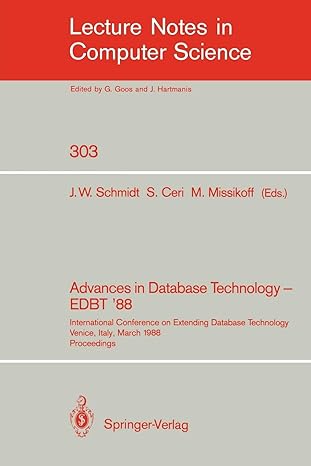Answered step by step
Verified Expert Solution
Question
1 Approved Answer
can you write the clipping algorithm in this function: std::vector Clip ( const Triangle& tri ) { using this vec.h file: #ifndef
can you write the clipping algorithm in this function: std::vector Clipconst Triangle& tri
using this vec.h file: #ifndef vec
#define vec
#include
#include
#include
static const double pi atan;
template struct vec;
template T dotconst vec& uconst vec& v;
template
struct vec
T xn;
vec
makezero;
explicit vecconst T& a
assertn ;xa;
vecconst T& a const T& b
assertn ;xa;xb;
vecconst T& a const T& b const T& c
assertn ;xa;xb;xc;
template
explicit vecconst vec& v
forint i ; i n; i xiTvxi;
void makezero
fill;
void fillT value
forint i ; i n; i xi value;
vec& operator const vec& v
forint i ; i n; i xi vxi; return this;
vec& operator const vec& v
forint i ; i n; i xi vxi; return this;
vec& operator const vec& v
forint i ; i n; i xi vxi; return this;
vec& operator const vec& v
forint i ; i n; i xi vxi; return this;
vec& operator const T& c
forint i ; i n; i xi c; return this;
vec& operator const T& c
forint i ; i n; i xi c; return this;
vec& operator const T& c
forint i ; i n; i xi c; return this;
vec& operator const T& c
forint i ; i n; i xi c; return this;
vec operator const
return this;
vec operator const
vec r; forint i ; i n; i rixi; return r;
vec operator const vec& v const
vec r; forint i ; i n; i ri xi vxi; return r;
vec operator const vec& v const
vec r; forint i ; i n; i ri xi vxi; return r;
vec operator const vec& v const
vec r; forint i ; i n; i ri xi vxi; return r;
vec operator const vec& v const
vec r; forint i ; i n; i ri xi vxi; return r;
vec operator const T& c const
vec r; forint i ; i n; i ri xi c; return r;
vec operator const T& c const
vec r; forint i ; i n; i ri xi c; return r;
vec operator const T& c const
vec r; forint i ; i n; i ri xi c; return r;
vec operator const T& c const
vec r; forint i ; i n; i ri xi c; return r;
const T& operatorint i const
return xi;
T& operatorint i
return xi;
T magnitudesquared const
return dotthisthis;
T magnitude const
return sqrtmagnitudesquared;
Be careful to handle the zero vector gracefully
vec normalized const
T mag magnitude; ifmag return this mag; vec r; r; return r;;
;
template
vec operator const T& c const vec& v
return vc;
template
T dotconst vec & u const vec & v
T r ;
forint i ; i n; i r uxi vxi;
return r;
template
vec crossconst vec & u const vec & v
return vec
u v u v
u v u v
u v u v;
template
vec componentwisemaxconst vec& a const vec& b
vec r;
forint i; i
vec componentwiseminconst vec& a const vec& b
vec r;
forint i; i
std::ostream& operator std::ostream& out, const vec & u
out ;
forint i ; i n; i
ifi out ;
out ui;
out ;
return out;
template
std::istream& operator std::istream& in vec & u
forint i ; i n; i
in ui;
return in;
using std::abs;
template
vec absconst vec & u
vec r;
forint i ; i n; i
ri std::absui;
return r;
typedef vec vec;
typedef vec vec;
typedef vec vec;
typedef vec ivec;
typedef vec ivec;
typedef vec ivec;
#endif" and this file that contains test cases: #include
#include
#include
#include
#include "vec.h
static std::randomdevice rd;
static std::mt mtrd;
static std::uniformrealdistribution dist;
inline double getrandreturn distmt;
static std::uniformintdistribution"
Step by Step Solution
There are 3 Steps involved in it
Step: 1

Get Instant Access to Expert-Tailored Solutions
See step-by-step solutions with expert insights and AI powered tools for academic success
Step: 2

Step: 3

Ace Your Homework with AI
Get the answers you need in no time with our AI-driven, step-by-step assistance
Get Started


